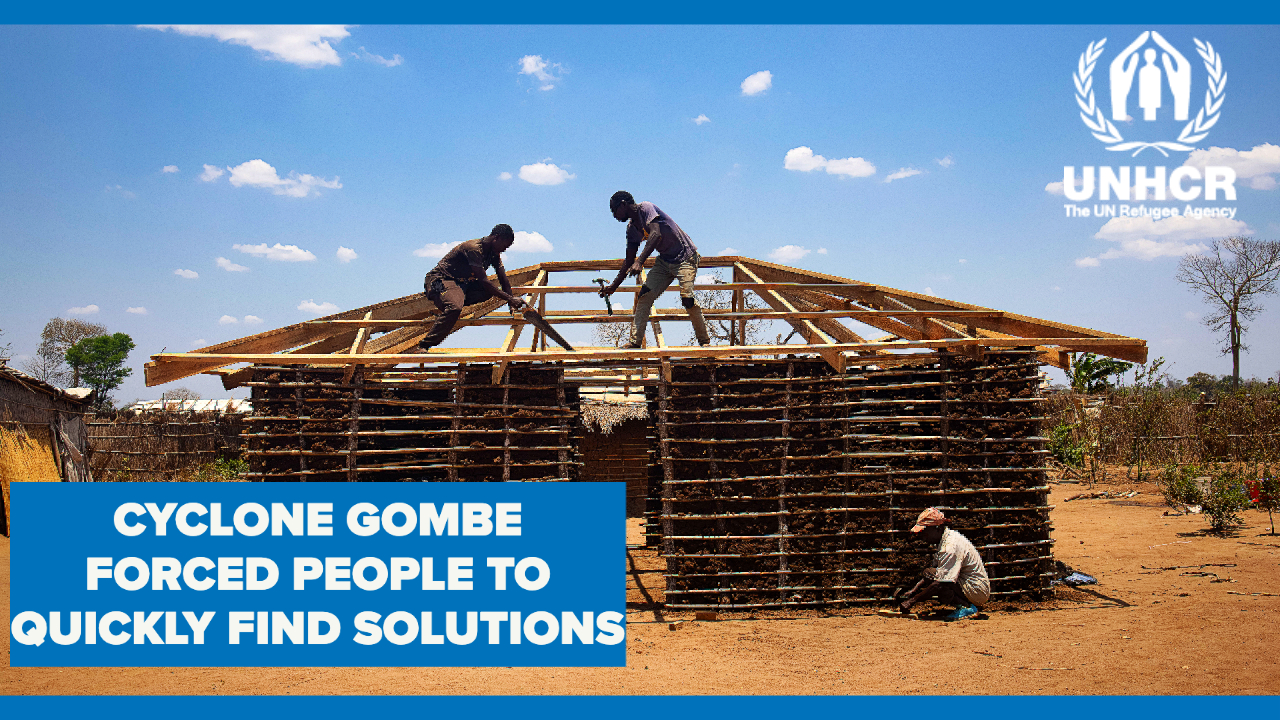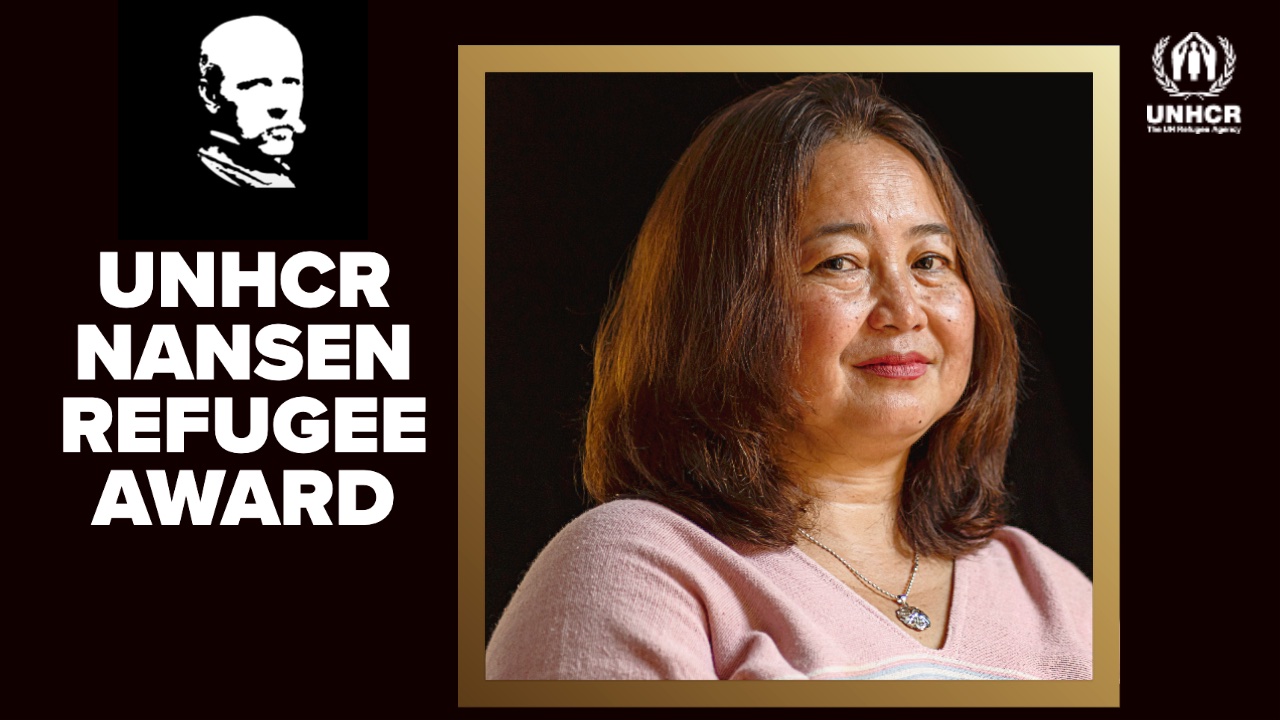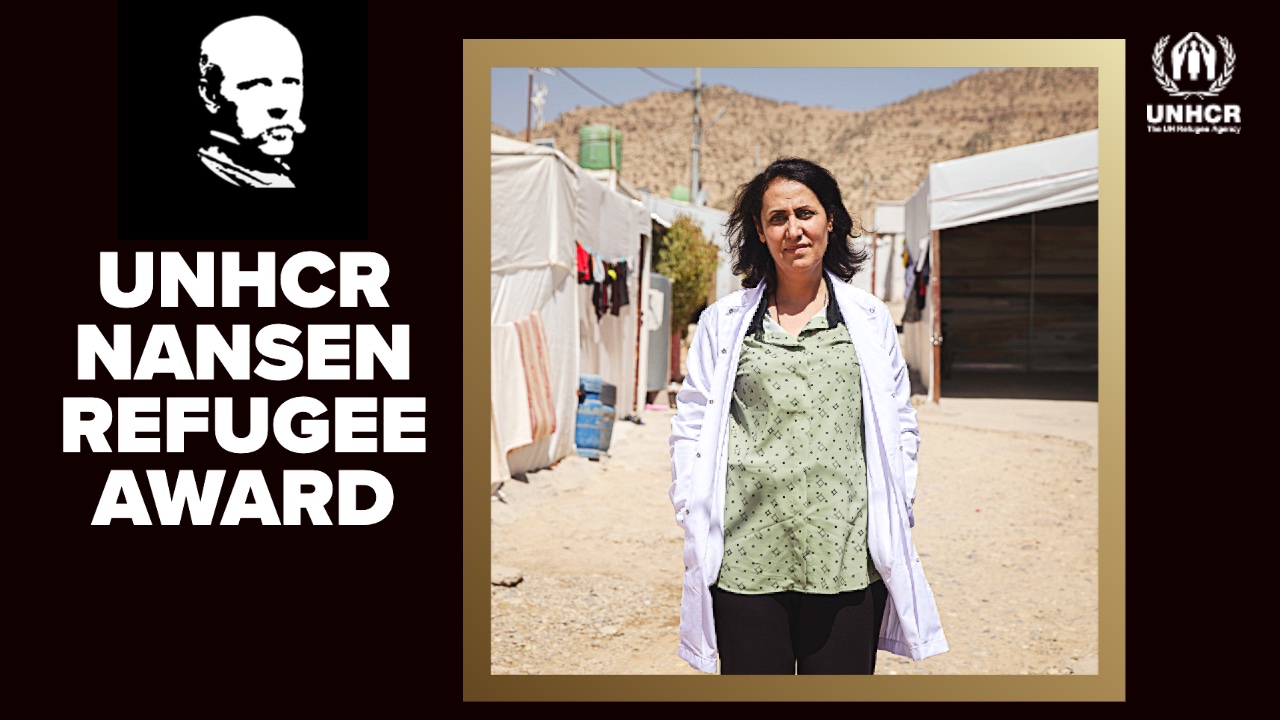Yemen: humanitarian crisis in the north and growing arrivals by sea
Yemen: humanitarian crisis in the north and growing arrivals by sea
The situation in the Sa'ada province in northern Yemen remains tense and volatile. A fragile calm was reported over the weekend in the city of Sa'ada which has been virtually cut off from the rest of the world for more than six weeks. Local residents and displaced people, caught up in the fighting between the government troops and Al Houti forces, continue to face a dire humanitarian situation, unable to leave the embattled city to seek safety and shelter elsewhere. Although there is still no access to the city of Sa'ada, UNHCR managed to distribute some assistance through a local NGO partner.
Scarce information on the situation of the displaced population in northern Yemen increases humanitarian concerns about the safety of civilians.
We are concerned about recent reports of clashes close to Al Sam camp, one of three remaining camps for internally displaced people (IDPs) in Sa'ada province. People in the camp are worried as residents of a nearby village of Al Aqad, half a kilometre away, had been reportedly alerted by the authorities to vacate the area.
We have also received sketchy but worrying reports of an attack on a makeshift IDP settlement in Al-Azqool also in Sa'ada province. No casualties were reported. Other unconfirmed reports say a number of IDPs are stranded in Shada'a district close to the Saudi border.
The Al Mazraq camp in neighbouring Hajjah province continues to grow and is now sheltering some 7,000 IDPs. It has passed its planned capacity as more people are arriving from Sa'ada province. Thanks to cooperation with the local and central Yemeni authorities we identified a new site yesterday and work to set up a new camp will start immediately.
In Amran province, another new camp site was identified yesterday close to Amran city and with our local partners we are starting today to construct the camp. A second camp site in this province will be developed near in Kaiwan.
Meanwhile in Saudi Arabia, we received this weekend a formal agreement from Saudi authorities to carry out a cross-border operation to support the displaced population in northern Yemen. UNHCR has positioned tents, mattresses, blankets and other aid items for more than 2,000 people on the Saudi side of the border. Both governments are willing to support the cross-border operation to access and assist IDPs scattered in Alb, only few kilometres from the border. We will launch it as soon as the security conditions permit. Yemeni government also requested our support in setting up a camp for 2,000 people in the area close to the border.
Responding to UNHCR's recent appeal, the Kingdom of Saudi Arabia has announced a US$1 million donation for humanitarian assistance to the IDPs in Yemen. To date, the UNHCR emergency response in Yemen has also received US$1.2 million from the United States, US$732,000 from Sweden and US$144,000 from Ireland. The operation is still short some US$2 million. Timely contributions would allow UNHCR to organize management of the camps, expand registration and protection of IDPs and provide tents and other humanitarian assistance until the end of the year.
In addition to an estimated 150,000 people affected by the fighting in Yemen since 2004, the country is also hosting some 150,000 refugees and asylum seekers who have made the dangerous journey to Yemen across the Gulf of Aden and the Red Sea.
September and October are the height of the sailing season and the number of arrivals by sea is staggering. More than 50,400 people arrived on 994 boats to Yemen from the Horn of Africa so far this year, already passing the total for all entire 2008 when 50,091 people crossed. This is a stunning 50 percent increase in comparison with the same nine-month period last year when 33,596 boat people arrived.
According to our staff in Yemen, so far this year 266 people drowned and another 153 are missing and presumed dead. For all of last year, the death toll was 589 people drowned and 359 others who went missing and were presumed dead.
More than half the arrivals this year are Ethiopians (27,633) while the rest are almost exclusively Somalis (22,791) who automatically get refugee status in Yemen. Those who make the crossing are fleeing desperate situations of civil war, political instability, poverty, drought and famine in Somalia and the Horn of Africa.









